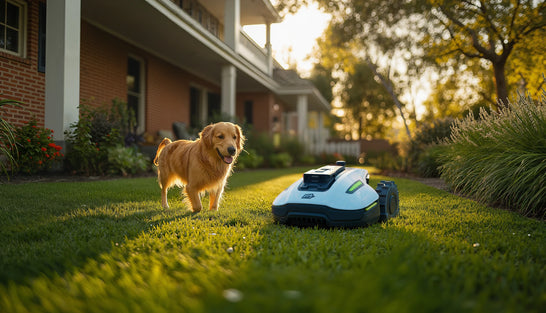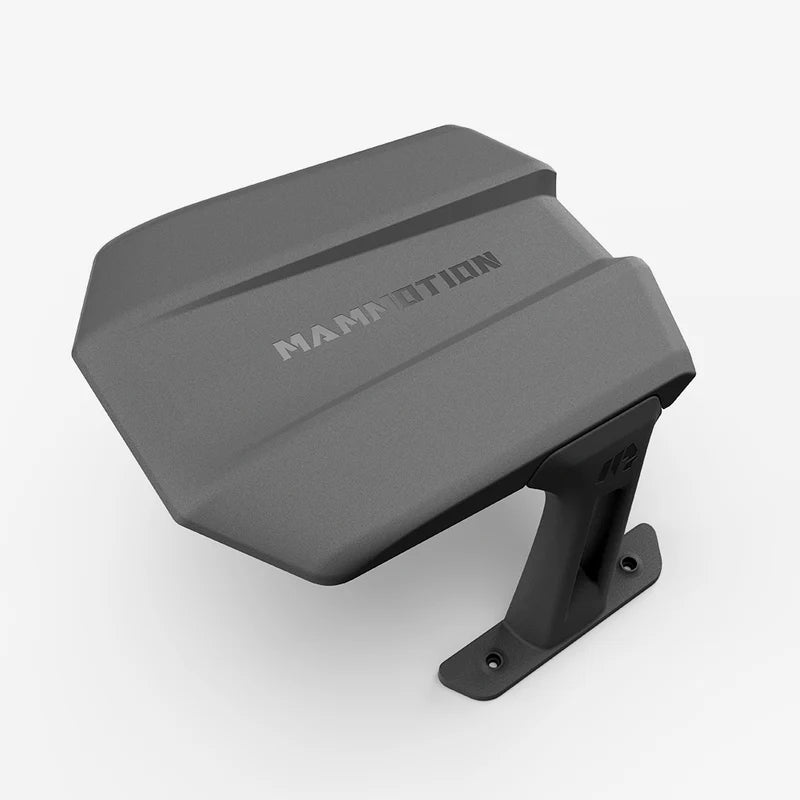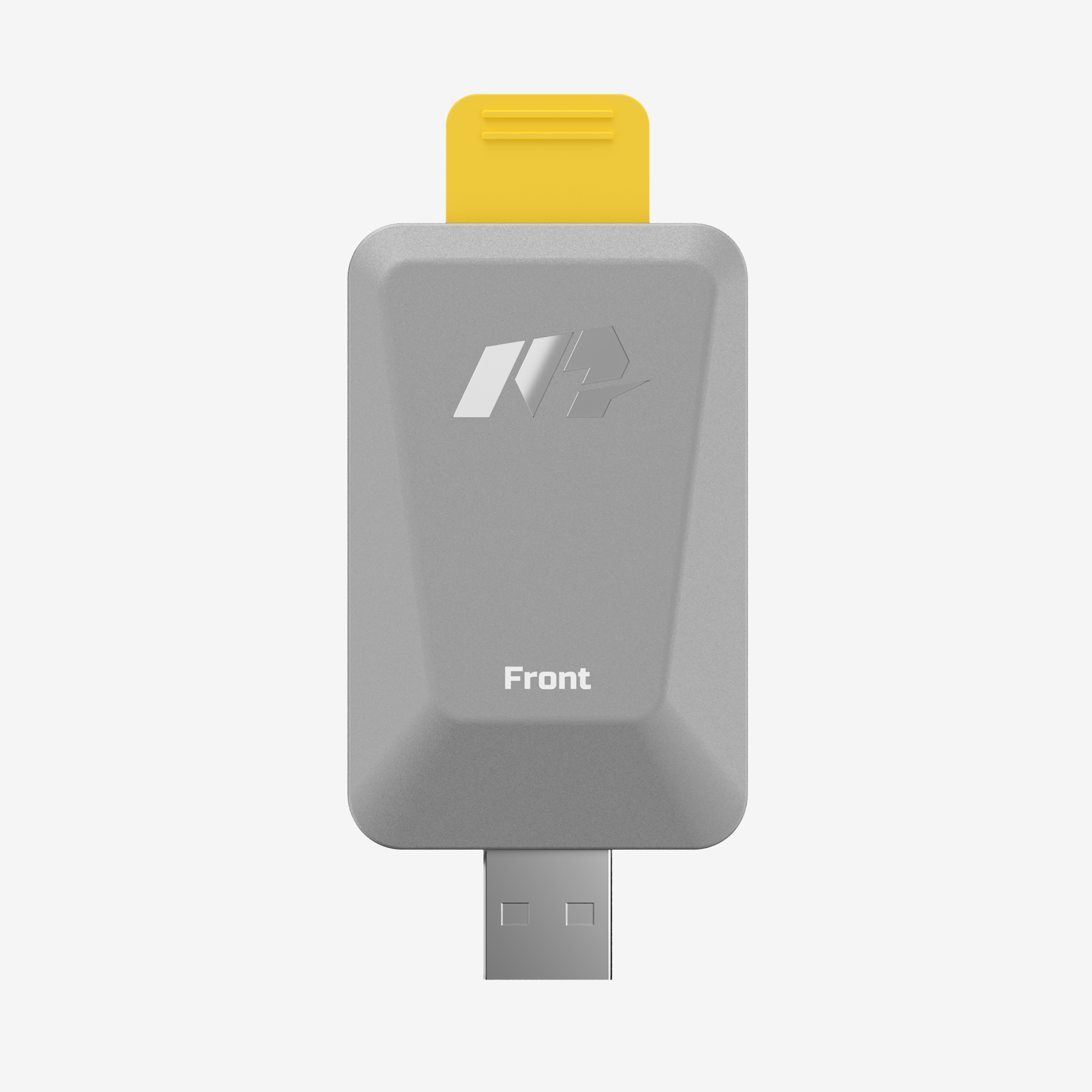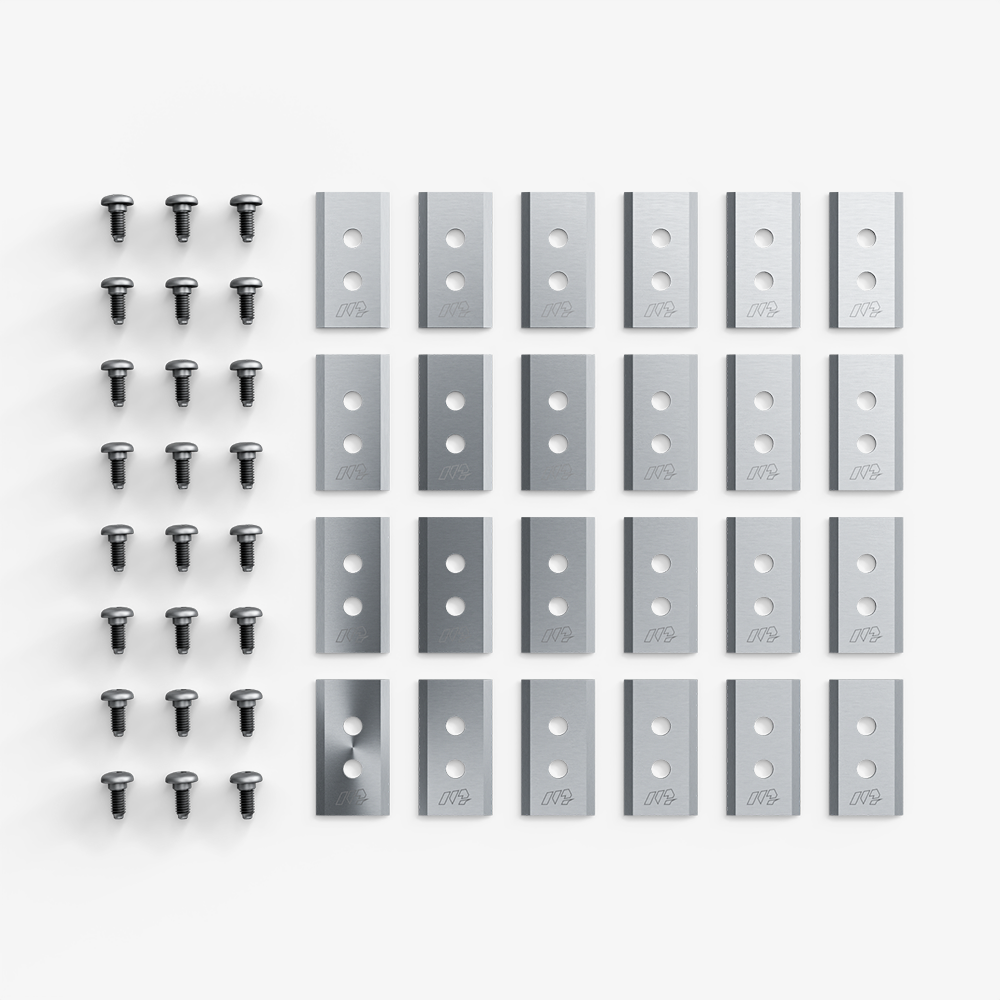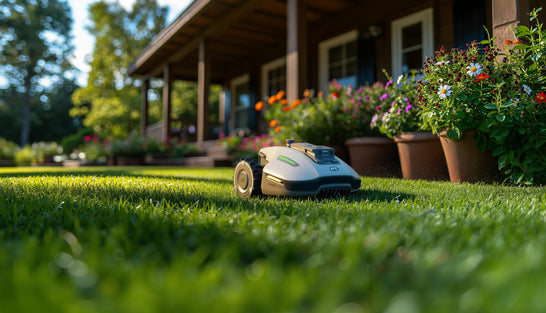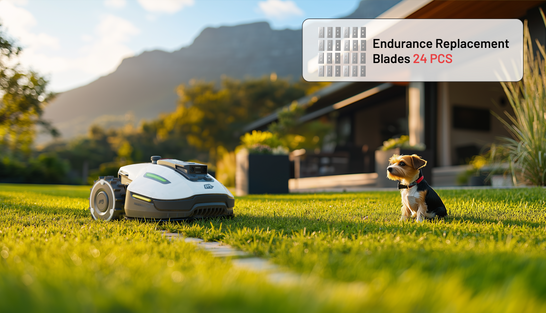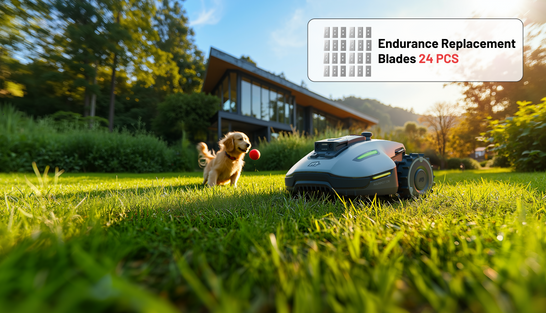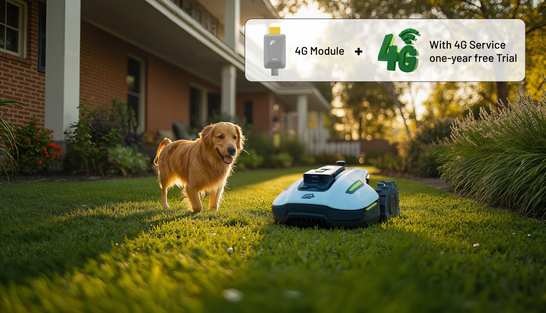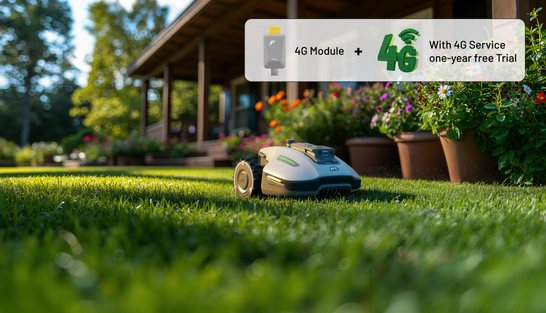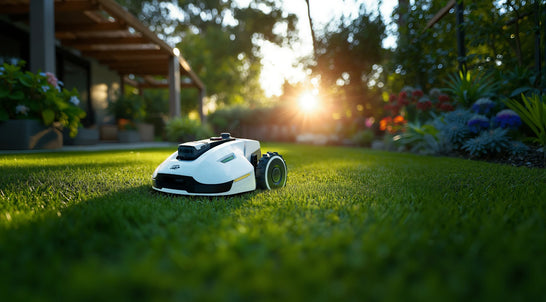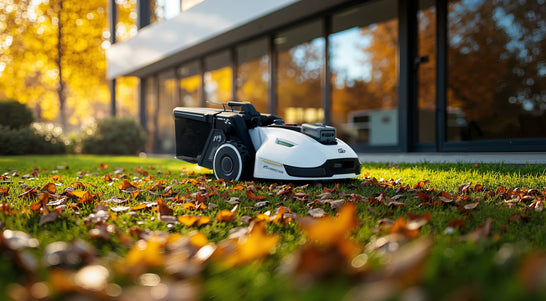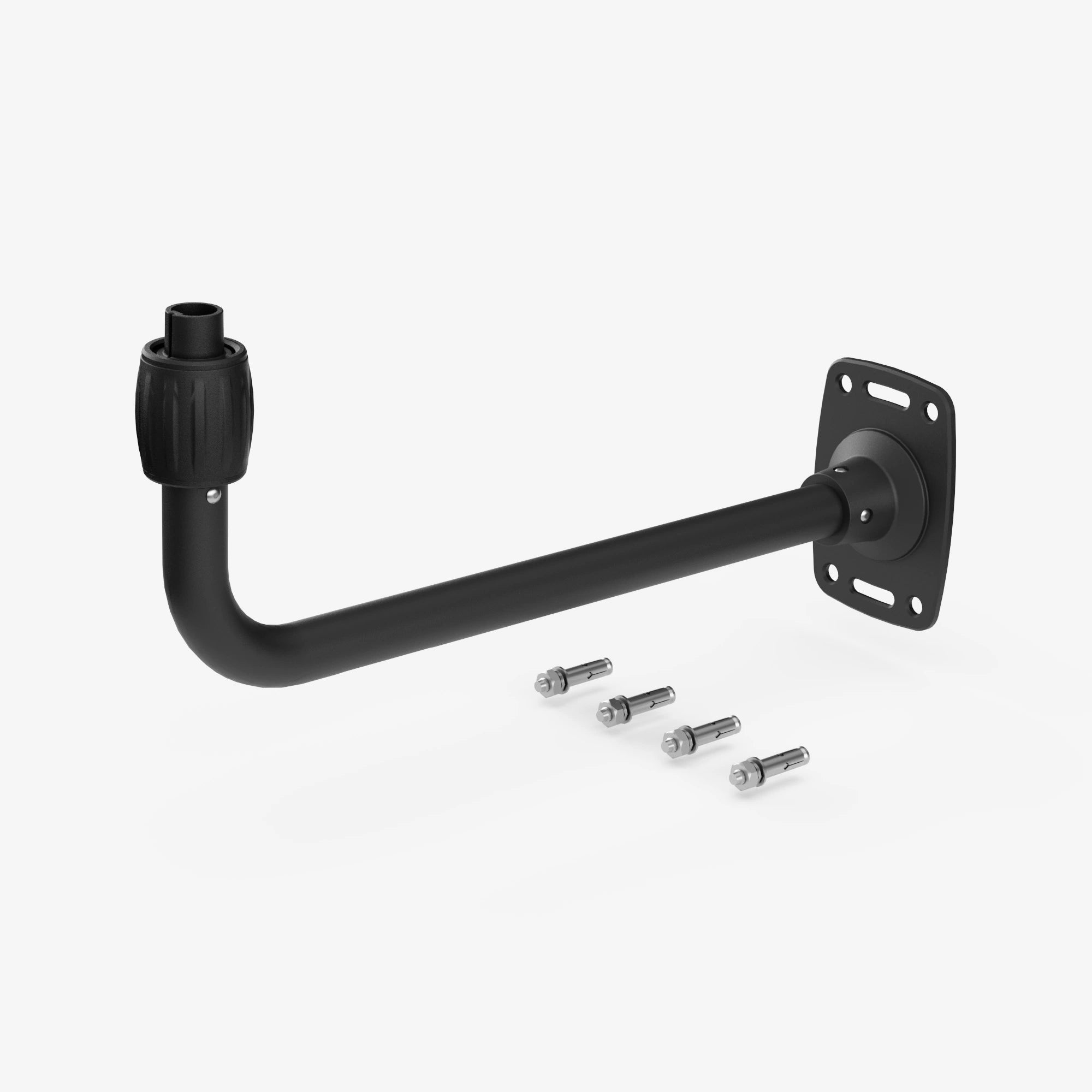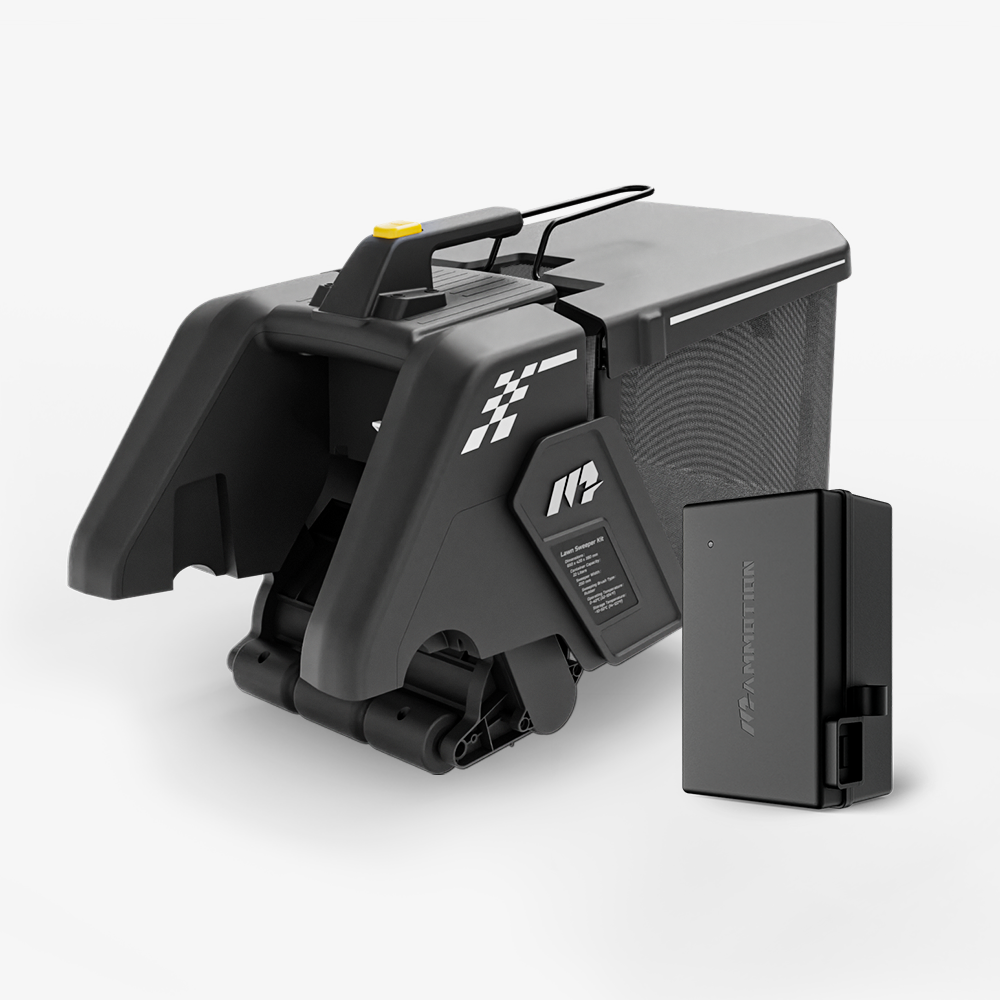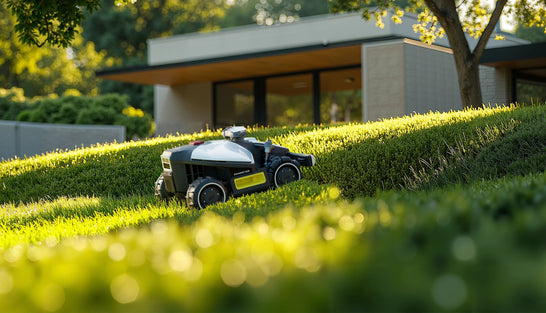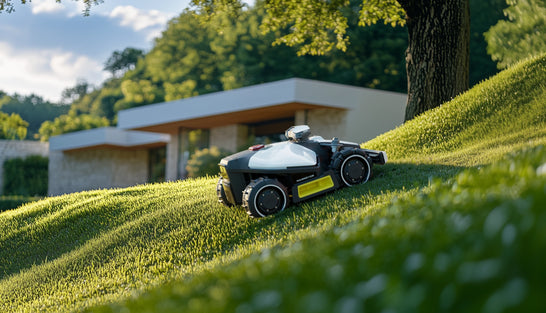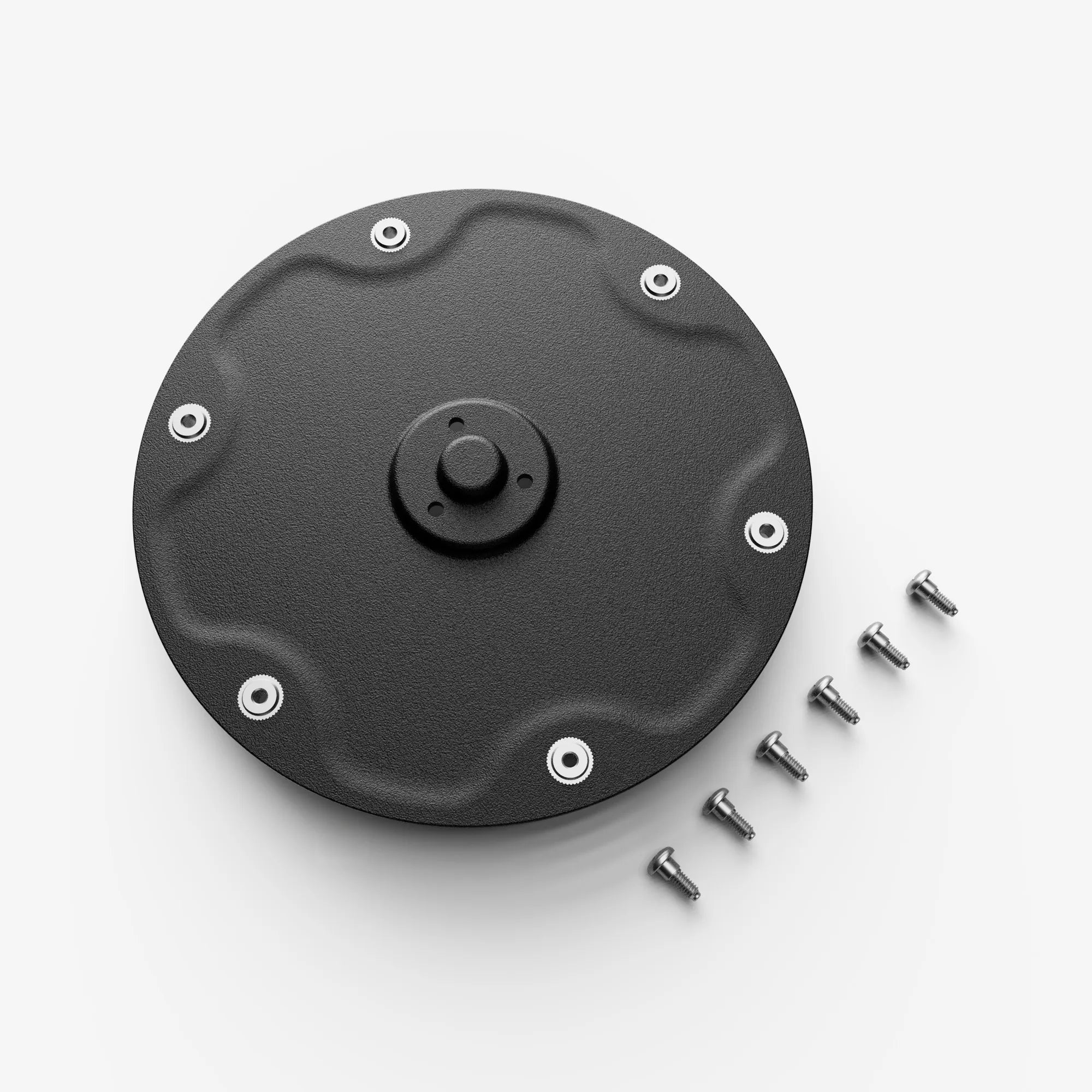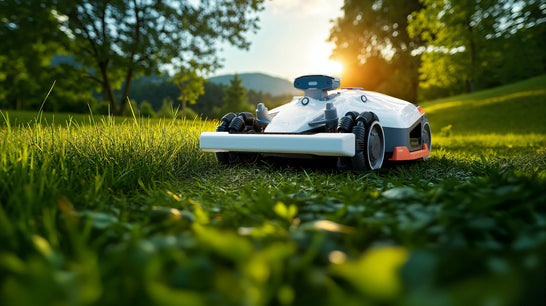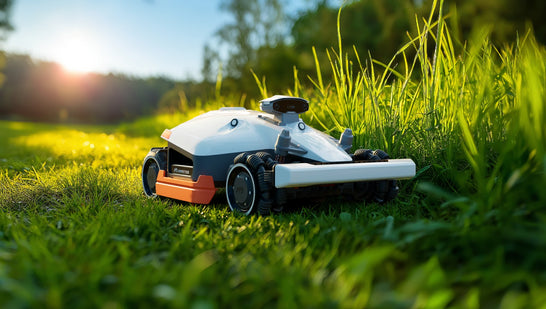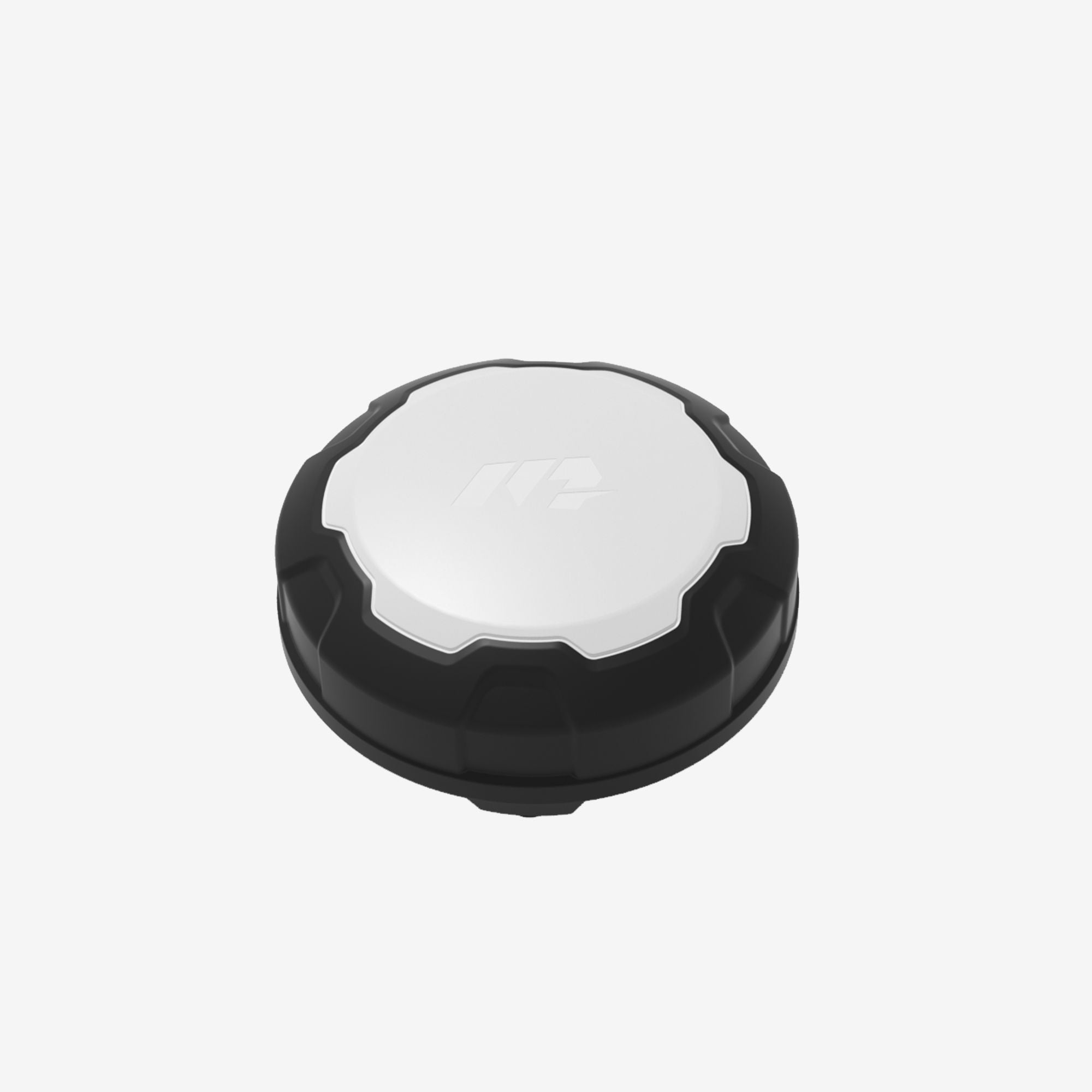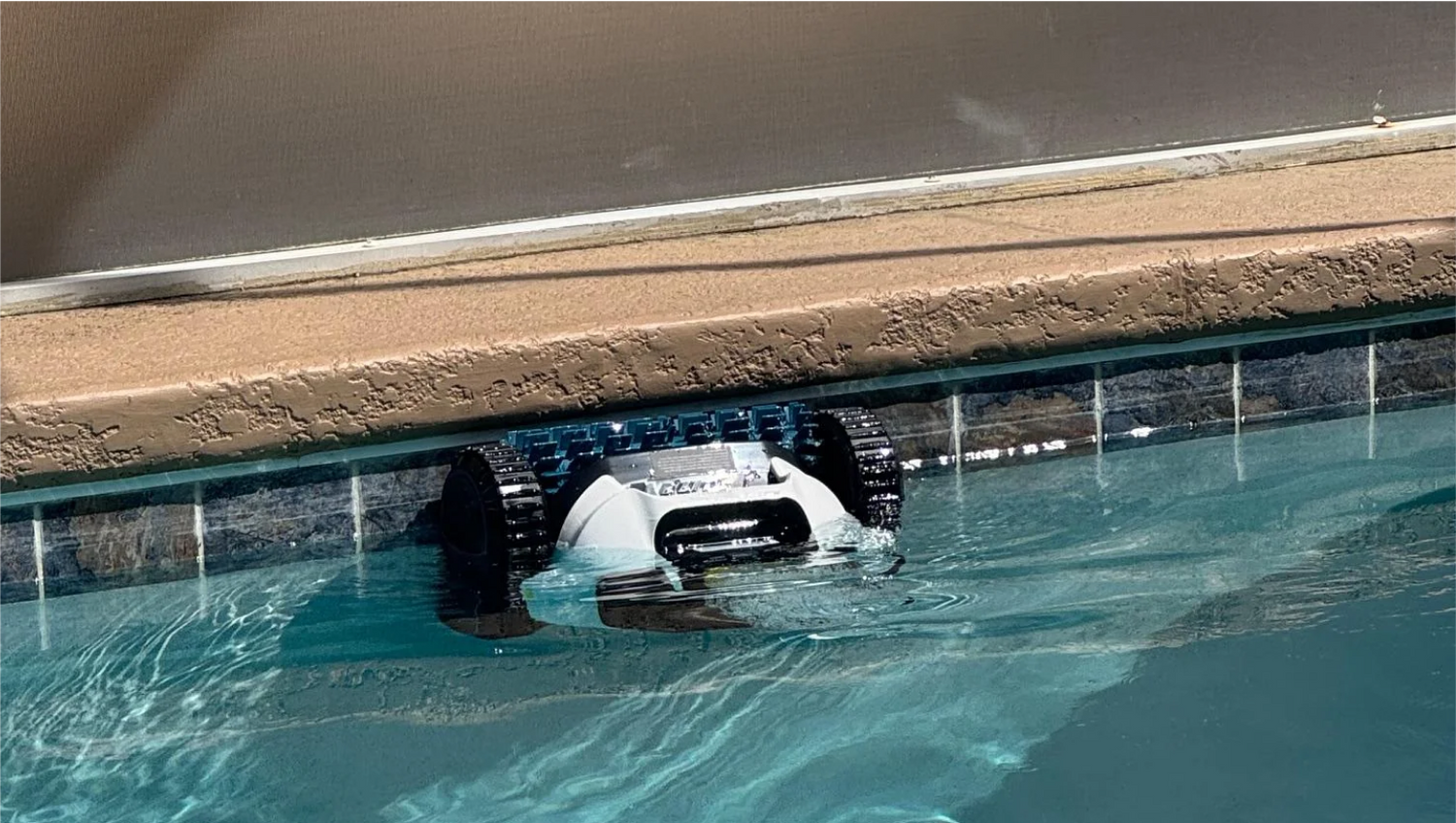If you’ve ever found yourself spending hours skimming leaves, scrubbing pool walls, or paying someone else to keep your pool clean, you’ve probably asked: Is a robot pool cleaner really worth it?
With robotic pool cleaners becoming increasingly popular in 2025, many pool owners are considering the switch—but not without hesitation. These machines promise to save time, reduce energy use, and clean more efficiently than traditional methods. But they also come with a higher price tag and plenty of options to sift through.
In this article, we’ll give you a realistic, user-focused breakdown of the pros and cons of robotic pool cleaners. We’ll also walk you through costs, comparisons, and help you decide whether this smart gadget is a worthwhile investment for your pool—and your lifestyle.
Is It Worth Getting a Robotic Pool Cleaner: Quick Answer
Yes — for Most Pool Owners, It’s a Smart Investment.
For most in-ground pool owners, a robotic pool cleaner is absolutely worth it—especially if you value your time, want consistently clean water, or are tired of weekly manual maintenance.
That said, it’s not for everyone. If you own a small above-ground pool, use it infrequently, or are on a tight budget, a robot cleaner may be overkill. But for the average U.S. homeowner with a mid-to-large pool and moderate debris, the long-term time and cost savings are hard to ignore.
Key Benefits of Robotic Pool Cleaners
Robot pool cleaners have evolved far beyond simple vacuum bots. In 2025, they’re smarter, faster, and more efficient than ever—making them a top choice for homeowners who want hassle-free pool maintenance. Here are the key benefits you can expect:
1. Total Cleaning Automation
Robotic pool cleaners are fully independent from your pool’s filtration and circulation systems. There are no hoses to connect, pumps to prime, or valves to adjust. Just plug the unit into a power source, place it in the water, and it goes to work.
With intelligent navigation systems, many cleaners can map your pool layout and systematically clean the floor, walls, and waterline—all without human supervision. You can even schedule cleaning sessions while you're at work or sleeping, making pool upkeep truly hands-off.
2. Energy-Efficient Performance
Compared to traditional pool pumps or suction-side cleaners, robotic pool cleaners use very little electricity—as low as 0.05 kWh per hour in some cases. This not only reduces your energy bill but also lessens wear on your pool’s main filtration system.
Instead of pushing water through hundreds of feet of plumbing, the robot operates locally and uses just enough power to clean efficiently. Over the course of a season, that can add up to noticeable savings.
3. Water & Chemical Savings
Because robotic cleaners have their own onboard filtration system, they help remove debris and fine particles before they reach your pool’s filter. This reduces strain on your pool’s system, meaning you’ll backwash less often—saving both water and chemicals.
By trapping dirt and dust before it settles, a robot can also improve water clarity, allowing your sanitizer (like chlorine) to work more effectively.
4. Smart Navigation & Wall Climbing
Modern robotic cleaners—such as the Mammotion Spino E1—come equipped with features like path optimization, high-precision sensors, and wall-climbing capabilities. These allow them to navigate efficiently and cover every inch of your pool, including hard-to-reach corners and vertical surfaces.
Many models can detect obstacles and adjust their path automatically, ensuring no area is missed during a cleaning cycle.

5. Quiet and Low-Maintenance Operation
Robotic pool cleaners operate almost silently, unlike pressure-side cleaners or older pump systems that can be noisy and disruptive. With fewer moving parts and no hoses to untangle, maintenance is minimal—just empty the debris basket and rinse the filters periodically.
Some models even notify you when the filter is full or the cleaning cycle is complete, adding another layer of convenience.
Real Drawbacks to Consider of Robotic Pool Cleaners
While robotic pool cleaners offer impressive benefits, they’re not perfect. Before making the investment, it’s important to understand the potential downsides of robotic pool cleaners and whether they could impact your experience.
1. Higher Upfront Cost
One of the most common reasons people hesitate is the initial purchase price. A high-quality swimming pool robot cleaner can range from $500 to over $1,500, depending on the features, brand, and pool size compatibility.
Although many owners eventually see a return on their investment through time and energy savings, the upfront cost can still be a barrier—especially if you’re comparing it to a basic suction cleaner or manual tools.
2. Filter and Basket Maintenance Still Required
Robotic pool cleaners may eliminate the need to manually scrub your pool, but they’re not 100% maintenance-free. After each cleaning cycle, you’ll still need to empty the debris canister or filter basket, and rinse it out to ensure performance remains optimal.
It’s a small task, but one that shouldn’t be overlooked—especially during pollen-heavy seasons or if your pool sits near trees.
3. May Struggle with Large or Heavy Debris
While most pool robot cleaners do a great job with sand, dirt, and fine particles, some models struggle with large leaves, twigs, or heavy debris. If your pool is regularly bombarded with natural debris—say, from overhanging trees or frequent storms—make sure to choose a unit that’s designed for that kind of workload.
Otherwise, you might find yourself needing to manually scoop out larger items before running the robot.
4. Repairs Can Be Expensive Post-Warranty
Most robotic pool cleaners come with a 1- to 3-year limited warranty. After that, repairs—especially for internal electronics or motor components—can be costly. Parts like tracks, wheels, and drive motors may wear out with regular use and are sometimes not DIY-replaceable.
It’s wise to factor in the long-term support or availability of replacement parts when choosing a brand.
5. Doesn’t Replace Your Pool Filtration System
Pool cleaner robots are great at removing debris from surfaces, but they’re not designed to replace your pool’s built-in circulation and filtration system. You’ll still need to run your pump and filter regularly to manage water chemistry and prevent stagnation.
Think of the robot as a powerful supplement, not a full replacement.
Cost-Benefit Analysis of Robotic Pool Cleaner: Is It Financially Worth It?
When considering a robotic pool cleaner, the upfront cost can be intimidating—but it’s important to weigh that against how much time, energy, and money it can save over time.
Here’s how robotic cleaners compare to other common cleaning options:
|
Feature/Cost Aspect |
Manual Cleaning |
Suction/Pressure Cleaner |
Robotic Cleaner |
|
Initial Cost |
$50–$150 |
$200–$500 + possible booster |
$500–$1,500 |
|
Energy Use |
None |
Moderate to High |
Very Low |
|
Time Commitment |
1–2 hrs/week |
30–60 min setup/checks |
5–10 min/week |
|
Cleaning Efficiency |
Varies by effort |
Misses some spots |
High, systematic coverage |
|
Filter System Wear |
Normal |
Increases wear |
Reduces wear |
|
Debris Handling |
Good (manual control) |
Struggles with fine debris |
Handles fine & medium debris |
|
Lifespan (average) |
Long (low-tech) |
3–5 years |
3–7 years (model-dependent) |
If you value your time, energy savings, and consistent pool cleanliness, a swimming pool robot cleaner can pay for itself within 2–3 seasons—especially if you're currently hiring a pool service or spending hours each month maintaining the pool manually.
Comparison: Robot vs Manual vs Suction vs Pressure
If you're unsure whether a robotic pool cleaner is the right choice, it helps to compare it directly with the other main cleaning methods available today: manual tools, suction-side cleaners, and pressure-side cleaners. Each option has its place—but the right choice depends on your pool size, budget, and lifestyle.
|
Feature / Type |
Manual Cleaning |
Suction-Side Cleaner |
Pressure-Side Cleaner |
Robotic Cleaner |
|
Initial Cost |
Low ($50–$150) |
Medium ($200–$500+) |
Medium–High ($400–$900+) |
High ($500–$1,500+) |
|
Ease of Use |
Labor-intensive |
Moderate (requires setup) |
Moderate (booster may be needed) |
Very easy (plug-and-play) |
|
Cleaning Coverage |
Depends on user effort |
Limited (misses walls/corners) |
Good (misses fine debris) |
Excellent (floors, walls, waterline) |
|
Energy Efficiency |
No electricity required |
Increases pump energy use |
Higher power consumption |
Very energy-efficient |
|
Impact on Pool Filter System |
Standard wear and tear |
Adds strain to filter system |
Operates with separate debris bag |
Fully independent operation |
|
Maintenance Required |
High (manual brushing/skimming) |
Occasional unclogging |
Hose and bag maintenance |
Clean filter basket only |
|
Best For |
Small pools, low budgets |
Budget-friendly light-duty use |
Large pools with heavy debris |
Busy owners, consistent cleaning |
Related Articles:
- Suction vs Robotic Pool Cleaner: Which is Better?
- Robotic vs. Pressure Side Pool Cleaner: Which is Better?
- Automatic Pool Cleaner Types: Which One Is Right for Your Pool?
- How to Choose the Right Robotic Pool Cleaner?
Who Should (and Shouldn’t) Buy a Robotic Pool Cleaner
Robotic pool cleaners aren’t a must-have for everyone—but for many pool owners, they’re an incredibly smart investment. Below, we break down the types of users who are most likely to benefit, and those who may want to consider other options.
Who It’s Perfect For:
- Busy homeowners: If you don't have time (or patience) to clean your pool weekly, a robotic cleaner can do it for you—quietly, automatically, and efficiently.
- Families with frequent pool use: The more you use your pool, the more maintenance it needs. A robotic cleaner keeps things fresh and ready to swim with minimal effort.
- People with medium to large pools: Larger pools take longer to clean. Robotic units handle them with ease, covering wide surfaces and reaching corners you might miss manually.
- Homes with lots of trees nearby: If your pool collects leaves, pollen, or dirt daily, a robotic cleaner with strong suction and fine filtration can reduce your cleanup time significantly.
- Anyone looking for long-term savings: Though the upfront price is higher, the reduced pump strain, energy efficiency, and less frequent manual work can pay off within a couple of seasons.
Who Might Want to Think Twice:
- Occasional pool users: If you only swim a few times each summer, a basic manual vacuum might be enough to get by.
- Those with small or above-ground pools: Some robotic cleaners aren’t optimized for small or irregularly shaped pools—especially above-ground models. Always check compatibility.
- Budget-first buyers: If your top priority is keeping initial costs as low as possible, manual tools or suction-side cleaners are more affordable (though they require more work over time).
- Tech-averse owners: While robotic cleaners are generally easy to use, they do have motors, filter baskets, and sometimes app controls. If you prefer simpler, hands-on tools, this may not be your style.
Best Robot Pool Cleaners in 2025
With dozens of robotic pool cleaners on the market, choosing the right one can be overwhelming. Below are two standout options for different needs—one designed for advanced performance and smart control, and another as a solid, budget-friendly pick.
Spino E1 Robotic Pool Cleaner – Editor’s Pick
If you're looking for a modern, high-efficiency robotic pool cleaner that does more than just scrub the floor, the Spino E1 is a top-tier choice. It’s designed for both floor and wall cleaning, with intelligent path planning and exceptional filtration power. Ideal for in-ground pools and heavy debris environments.
- Smart app control with customizable cleaning modes
- Cordless and self-parking, with up to 210-minute run time
- Triple brushless system handles leaves, stones, sands and insects
- One-Touch Start, 5 clean mode options
- Built for durability and season-long performance

Aiper Seagull SE – Best Budget Option
For those looking for an affordable robotic cleaner without sacrificing too much performance, the Aiper Seagull SE is a popular entry-level model. It’s compact, easy to use, and suitable for small to medium-sized pools.
- Lightweight and fully cordless
- Auto-parking feature when battery runs low
- 90-minute cleaning cycle
- Best for flat-bottom pools and light debris
Final Thoughts: Is a Robotic Pool Cleaner Right for You?
At the end of the day, robotic pool cleaners aren’t just about luxury—they’re about freeing up your time, improving your pool’s hygiene, and making pool ownership less of a chore.
If you value convenience, efficiency, and long-term performance, investing in a robotic cleaner could be one of the smartest pool decisions you make.
Whether you're just beginning your research or ready to upgrade your current setup, take the time to compare your options—and find the model that matches your pool’s size, usage, and your lifestyle.
Ready to explore your options? Check out the Spino E1 Robotic Pool Cleaner to see what modern pool maintenance really looks like.
Robotic Pool Cleaner FAQ
1. Is it worth getting a robot pool cleaner?
Yes—for many pool owners, a robotic cleaner is absolutely worth the investment. It saves you hours of manual labor, cleans more thoroughly, and can even reduce wear on your pool’s filtration system. If you use your pool frequently or deal with regular debris, it pays for itself in convenience and time saved.
2. What is the best robotic pool cleaner to buy?
The “best” depends on your pool size, debris level, and budget. High-end models like the Spino E1 offer advanced features such as wall cleaning, app control, and long battery life.
3. How long can I leave my robotic pool cleaner in the pool?
Most manufacturers recommend removing the cleaner after each use to extend its lifespan and avoid unnecessary wear. While many robotic cleaners can safely stay in the pool for several hours, long-term submersion (especially during chemical treatments) should be avoided.
4. Which is better, suction or robotic pool cleaner?
Robotic cleaners are generally better in terms of efficiency, debris capture, and energy usage. They operate independently from your pool’s filtration system and often clean more thoroughly. Suction cleaners are cheaper upfront but require more pump usage and frequent maintenance.
5. What are the disadvantages of robotic pool cleaners?
The main drawbacks are the higher initial cost and the need to periodically clean the filter basket. Some models may also not perform well in pools with irregular shapes or very steep walls unless specifically designed for that purpose.
6. What is the lifespan of a robotic pool cleaner?
With proper care, most robotic pool cleaners last 3 to 7 years. High-quality models with durable motors and parts may last longer, especially if stored properly and maintained regularly.
7. Do robotic pool cleaners use a lot of electricity?
Not at all. Most models are highly energy-efficient, using less electricity than traditional pump-driven systems. Cordless robotic cleaners typically consume just a few cents per cleaning cycle.
8. Do robotic pool cleaners pick up dirt?
Yes—robotic cleaners are designed to capture both fine particles (like sand or algae dust) and larger debris (like leaves and twigs). Dual-layer filtration systems help trap even microscopic contaminants.
9. Do I need to brush my pool if I have a robot?
In most cases, no. Robotic cleaners with active scrubbing brushes do an excellent job of cleaning pool surfaces, including floors and walls. However, occasional manual brushing may still be helpful in hard-to-reach corners or steps.
10. How often should you robot clean your pool?
It depends on usage and the surrounding environment. For pools used daily or near trees, at least once a day is ideal. During periods of low use or minimal debris, once a week may be enough to maintain cleanliness.

